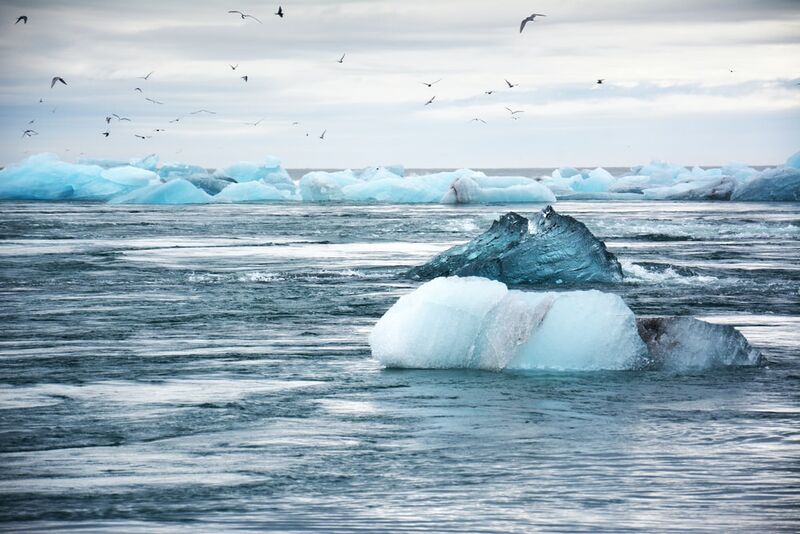When we read or hear the word “calving” our minds might take a turn to baby cows; but in a geological context, ice calving is what happens when a chunk of ice breaks away from a glacier’s edge. Big deal, right? Yes, it is! Ice calving results in higher sea levels. Rising sea levels in turn can, and do, contribute to disappearing coastlines. Whether or not you live along the coast, this can still have an impact on you.
In 2017 a portion of the ice shelf Larcen C broke away. It calved and formed its own iceberg formally named A-68. A-68 is pretty substantial on its own weighing in at about 1 trillion tons. This iceberg has the potential to increase overall sea levels up to four inches. This may not seem like much, but to the Earth’s coastlines and the people that reside along them, this is life-altering.
There’s a little over 221,000 miles (or 356,000 km) of coastline worldwide. The Gulf Coast state of Louisiana is already experiencing a loss in coastline that is partly due to rising sea levels.
The country of India is a peninsula with a coastline over 4600 miles long. The United Nations foretells that by 2050 over 40 million Indians living on the coast will be significantly impacted by the rising sea levels. Some have already begun moving inland which can be an overwhelming demand on inland communities.
Addressing climate change, and its human related activity, is of the highest import. The earth has continued to warm .5 degrees each decade since the 1940s.
The time to act is now. Earth is the only home we have.

